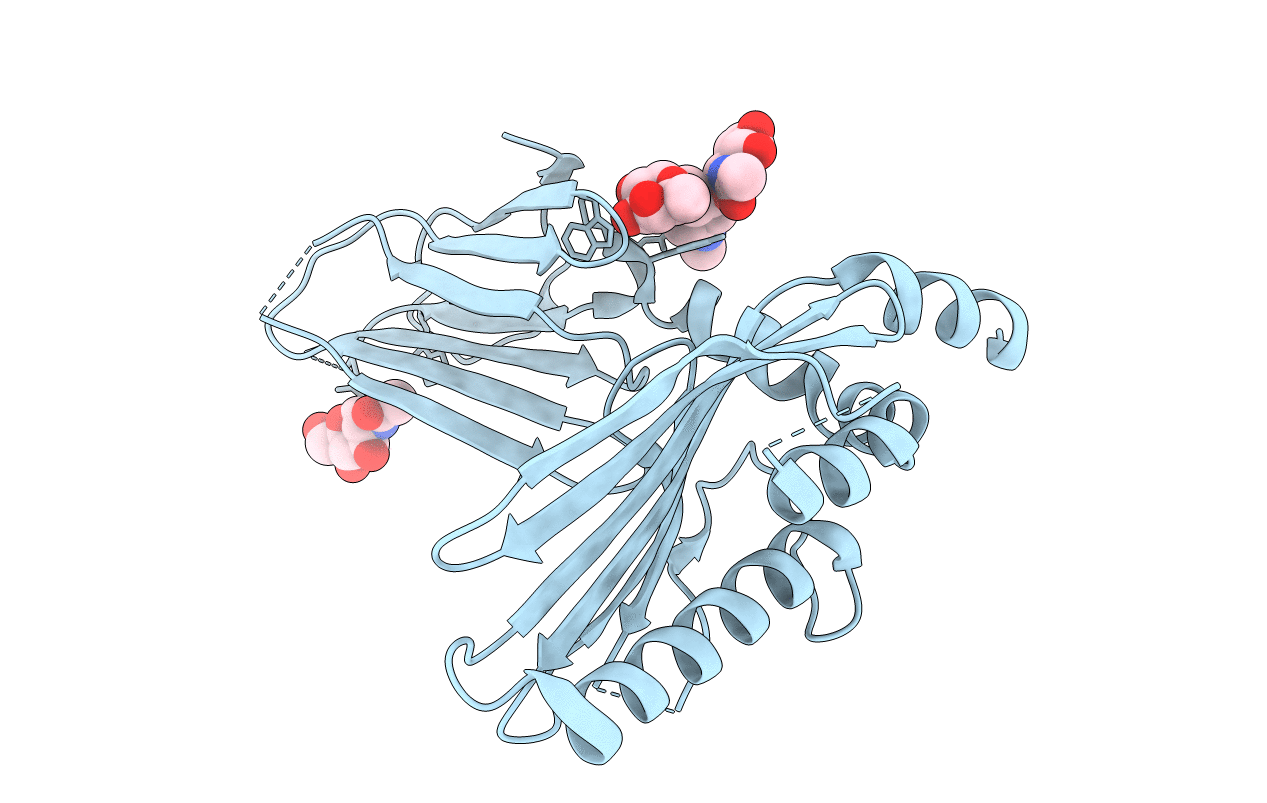
Deposition Date
2006-11-20
Release Date
2007-05-29
Last Version Date
2024-11-13
Entry Detail
Biological Source:
Source Organism:
Murid herpesvirus 1 (Taxon ID: 10366)
Host Organism:
Method Details:
Experimental Method:
Resolution:
2.10 Å
R-Value Free:
0.24
R-Value Work:
0.21
R-Value Observed:
0.21
Space Group:
C 1 2 1


